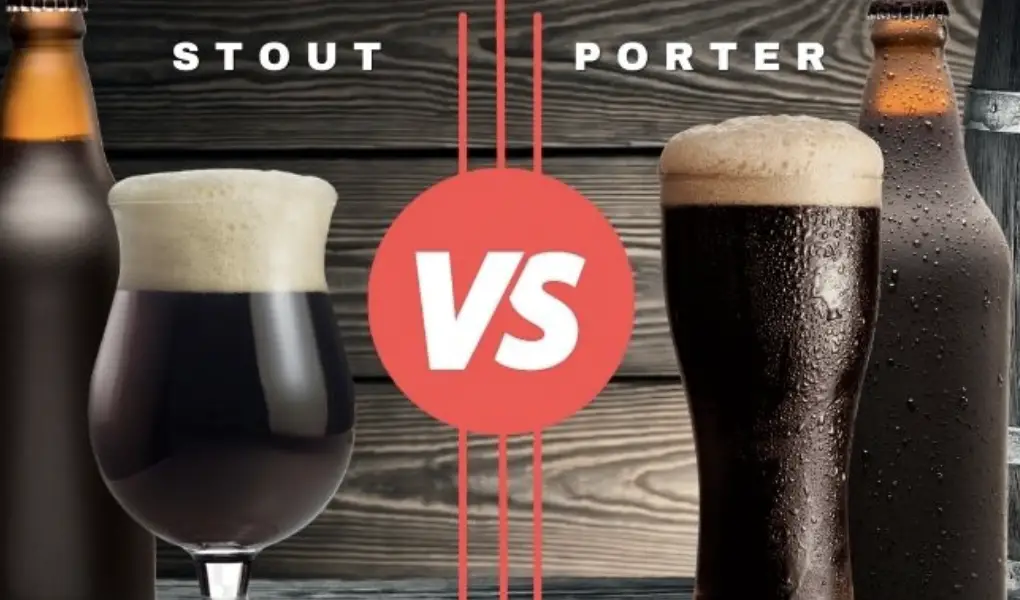
Decoding the Darkness: The Distinct Differences Between Porters and Stouts
Dark, rich, and full-bodied, both porters and stouts stand as iconic members of the beer family, captivating enthusiasts with their complex flavors and historical significance. However, these two beer styles possess unique characteristics that set them apart on the palate. In this blog post, we’ll embark on a flavorful journey and uncover the distinct differences between porters and stouts, demystifying the darkness and allowing you to appreciate each style for its individual charm.
- Historical Roots:
Porters, with their origins dating back to 18th-century London, were the predecessors of stouts. They were initially brewed for the working class, gaining popularity among port workers, hence the name “porter.” These early porters were dark beers brewed with brown malt, delivering a rich and robust character.
Stouts emerged later as a stronger, more robust version of porters. The term “stout” was originally used to describe a stronger version of any beer style, but it eventually became associated with dark and full-bodied brews.
- Malt Profile:
The malt profile is one of the defining differences between porters and stouts. Traditionally, porters were brewed with brown malt, which imparted a nutty and toasty flavor to the beer. In contrast, stouts primarily use roasted barley, giving them a pronounced roasted and coffee-like character.
- Roastiness and Bitterness:
Stouts are renowned for their bold and intense roastiness, often featuring prominent notes of coffee and dark chocolate. The use of roasted barley contributes to their distinct bitter-sweet taste.
On the other hand, porters typically exhibit a milder roastiness, with a focus on malt sweetness and complexity. While some porters may have subtle coffee or chocolate undertones, they generally lean towards a more balanced flavor profile compared to stouts.
- ABV and Body:
Stouts tend to have a higher alcohol by volume (ABV) than porters, making them stronger and more robust. The higher ABV of stouts contributes to their fuller body and richer mouthfeel, emphasizing their luxurious and velvety texture.
Porters, while still hearty and full-bodied, generally have a lower ABV than stouts, offering a more approachable drinking experience without compromising on flavor.
Conclusion:
In conclusion, while porters and stouts share a dark and captivating allure, they each offer unique flavor profiles and historical backgrounds. Porters boast a milder roastiness, with a focus on malt sweetness, while stouts indulge in intense roasted flavors, accentuated by the use of roasted barley.
As you savor a pint of porter or stout, take a moment to appreciate the distinct characteristics of each style. Whether you find yourself drawn to the velvety richness of a stout or the balanced complexity of a porter, both beer styles offer a delightful journey into the depths of dark beer. Cheers to the timeless legacy of porters and stouts and the artistry that continues to evolve these iconic brews!






